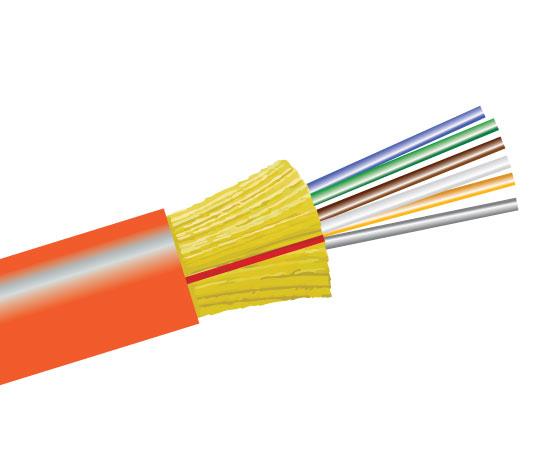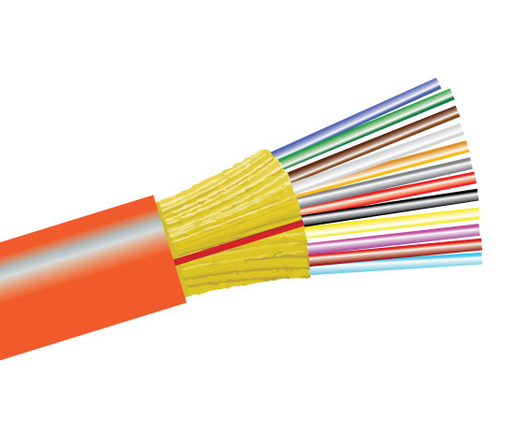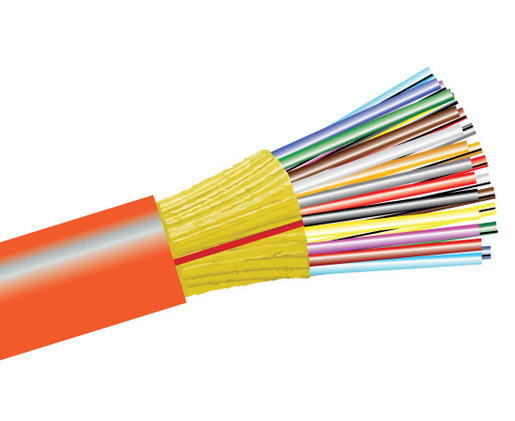Tight Buffer Distribution Plenum Fiber Optic Cable, Multimode, OM1, Indoor



(We do not offer credits or returns for this item.)
Base price is the per foot price. If you do not see the length of fiber cable you are looking for or if you would like to inquire about our custom fiber cable options such as terminated ends, pulleyes, and custom cut lengths, please call or email us.
Description
AFL Distribution Bulk Fiber, Multi-Mode OM1, 62.5/125, OFNP Plenum Rated, Indoor, Tight Buffer
Single unit Circular Premise Cable designs allow for excellent packaging density, flexibility, and ease of routing. Buffered to 900µm, these cables can be directly terminated into connectors in loaded panels or in communication closets.
With an overall OFNP (Plenum) rating, this cable is suitable for installations in most spaces requiring UL flame ratings: Plenum, Riser, General Purpose.
Cleaning your fiber connector end faces and components regularly is crucial for avoiding a total network failure. Ensure your optical fiber system is working properly and prevent major network issues with fiber cleaning kits, pens, fluids, and wipes.
Features
- Tested to meet or exceed EIA/TIA 568-A / GR-409-CORE
- Compliant to Directive 2002/95/EC (RoHS)
- Mixed fiber designs available
Applications
- Connectorized communications cables with both send-and-receive and backups in a single unit
- Routing between communications closets and equipment rooms
- Intrabuilding backbones
Specifications
Additional Information
Multimode Fiber Information
Multi-Mode cable commonly has a diameter in the 50-to-100 micron range (typical multimode fiber core diameters are 50 or 62.5 micrometers). Multimode fiber gives you high bandwidth at high speeds (10 to 100MBS - Gigabit to 275m to 2km) over medium distances. Light waves are dispersed into numerous paths, or modes, as they travel through the cable's core typically 850 or 1300nm. However, in long cable runs (greater than 3000 feet [914.4 meters), multiple paths of light can cause signal distortion at the receiving end, resulting in an unclear and incomplete data transmission so designers now call for single mode fiber in new applications using Gigabit and beyond.



